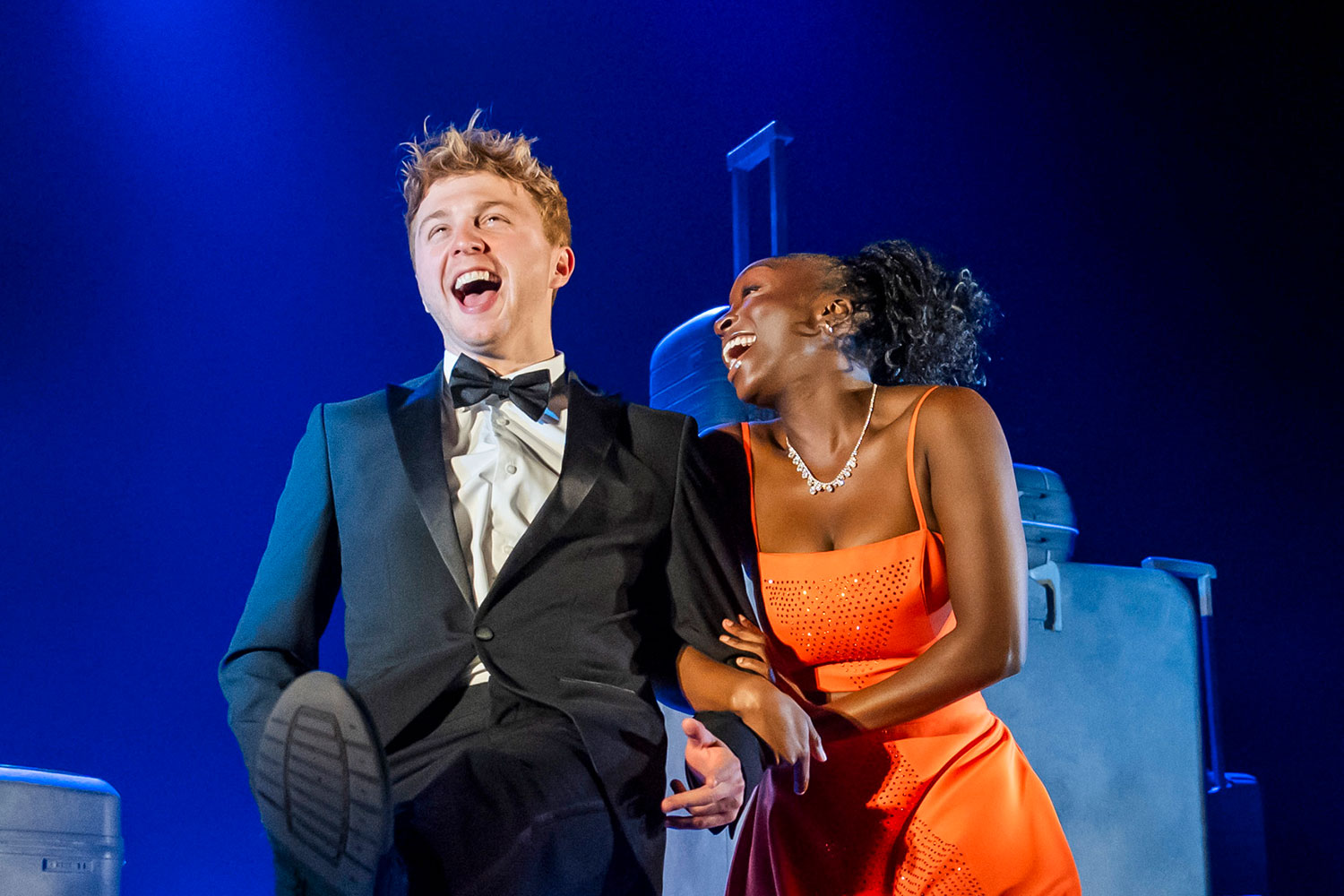The Fairy Queen
As with several other of Purcell’s stage works, it’s hard to define exactly what The Fairy Queen is. Not opera: it was intended to be performed within Shakespeare’s A Midsummer Night’s Dream, providing the audience with subplots and alternative characters (in a similar way to how Tom Stoppard’s play Rosencrantz and Guildenstern are Dead weaves in and out of Shakespeare’s Hamlet). Nor is it a masque, as it was written not for courtly entertainment, but for the theatres of late 17th-century London.
This difficulty of identity isn’t a problem per se, but more because it presents a challenge to directors. Glyndebourne’s 2009 production gave us pretty much a complete version of Shakespeare plus Purcell, and was dazzling both musically and visually.
English Touring Opera have decided to stick to just Purcell, and have devised an alternative scenario that explains all the bizarre goings-on: in a production designed by Roger Butlin and directed by Tom Guthrie, the action is transplanted to a mid-19th-century asylum, centred around the fantastical imaginings of the painter Richard Dadd, best known for his paintings of fairies and similar other-worldly creatures.
Thus, the Drunken Poet becomes a particularly unruly and raunchy fellow inmate of Dadd, while the fairies who torment him become nurses and doctors. Dadd himself becomes King Oberon, for whose birthday entertainment the Act II procession of the seasons is put on. The idea is ingenious, and is utterly captivating throughout.
The simplicity of the set is complemented by the dazzling luxury of two aerialists, whose breathtaking acrobatics both solve the problem of how to stage the lengthy prologues and also indicate that we are very much removed from the real world. Dancers Paul Chantry and Emma Cole join the cast as two orderlies, and their turn as mischievous sprites during the night watch is a delight. The movement throughout is very slick (all credit to choreographer Bernadette Iglich), and it’s clear that nobody is in any way encumbered by the complexities of the direction, but are all having a great time.
The musical side is no less praiseworthy. The singers are all superb individually and as an ensemble: I’ve never heard such a well-balanced and yet colourful cast of singers in this work. (Unfortunately, Mark Wilde, in the role of Dadd, was unwell, and so walked the part while the excellent Adam Kowalczyk sang it in from the side.)
It would be invidious to single out anyone from a truly first-rate ensemble, but I was hugely impressed by tenor Anthony Gregory, who makes the most out of a comparatively small part: his light yet steely tenor is hugely exciting to hear – success as an haut-contre surely beckons – and his duet ‘Let the fifes and the clarions’ with countertenor Michal Czerniawski was the vocal highlight of the show.
In the pit, the Old Street Band and harpsichordist Joseph McHardy are faultless: the music has verve and drive, all the while coaxing and complementing the singers. McHardy’s continuo playing is full of invention and sparkle: his talent is immense, and I look forward to witnessing it again soon.
– Adrian Horsewood










